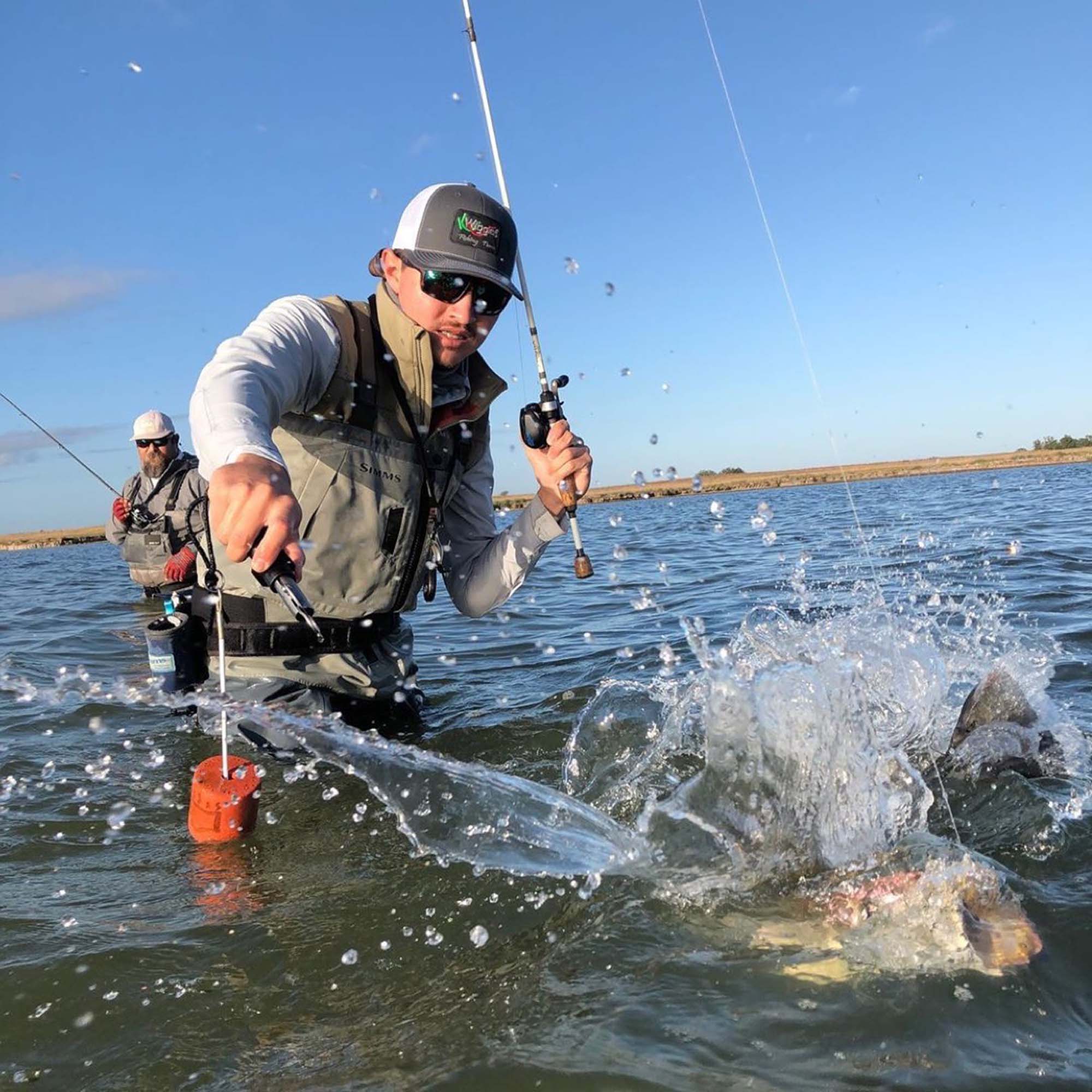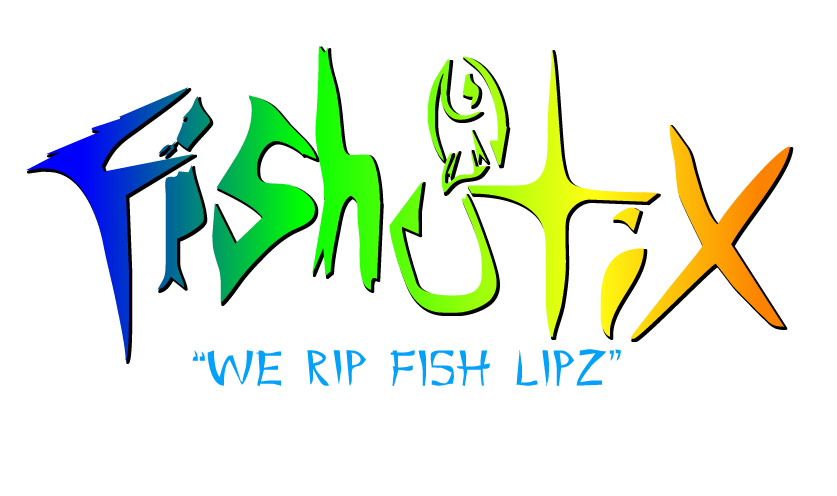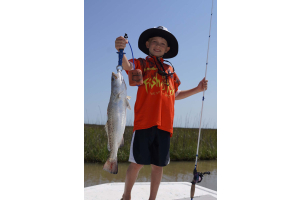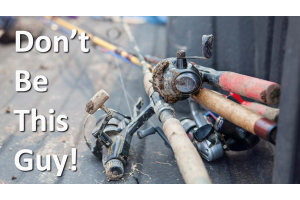Catch and Release: The Importance of Sustainable Fishing

Fishing is more than just a pastime; it's a way of connecting with nature and the thrill of the catch. As responsible anglers, it's crucial to understand the significance of sustainable fishing practices, particularly catch and release. In this article, we'll delve into why catch and release is essential for preserving fish populations and maintaining the health of our aquatic ecosystems.
Understanding Catch and Release
Catch and release is a fishing practice where anglers release the fish they catch back into the water rather than keeping them for consumption. While it may seem counterintuitive to release a prized catch, this practice plays a critical role in the long-term health of fish populations and the environment.
Conservation of Fish Populations
One of the primary reasons for catch and release is the conservation of fish populations. Overfishing has become a global concern, with many species at risk of depletion. By releasing fish, especially those that don't meet legal size or bag limits, we allow them to contribute to the reproduction and growth of their populations.
Preserving Genetic Diversity
Fish populations, like any other species, thrive when they have a diverse gene pool. When we release fish back into their natural habitat, we ensure that a variety of genetic traits are passed on to the next generation. This genetic diversity is essential for their long-term survival and adaptation to changing environmental conditions.
Protecting Ecosystems
Fish play a vital role in aquatic ecosystems. They help control prey populations and maintain the overall balance of these ecosystems. By practicing catch and release, we help preserve the delicate balance of aquatic environments and prevent potential disruptions that can arise from overfishing.
Ethical Angling
Catch and release isn't just about conservation; it's also about ethical angling. Many anglers release fish not only to protect populations but also out of respect for the creatures they pursue. It's a way of ensuring that future generations of anglers can enjoy the same experiences.
Science and Research
Catch and release also supports scientific research. By tagging and tracking released fish, researchers gain valuable insights into fish behavior, migration patterns, and growth rates. This information is crucial for making informed decisions about fisheries management.
Best Practices for Catch and Release
To ensure the effectiveness of catch and release, it's essential to follow some best practices:
- Use barbless hooks to minimize injury to the fish.
- Handle fish with wet hands or a rubberized landing net to protect their delicate slime coat.
- Minimize air exposure; keep the fish in the water as much as possible.
- Avoid squeezing the fish or putting excessive pressure on its internal organs.
- Revive the fish by gently moving it back and forth in the water until it swims away on its own.
Catch and release is not just a fishing technique; it's a commitment to preserving our aquatic ecosystems and ensuring the sustainability of fish populations for generations to come. As anglers, we have a responsibility to practice this method and educate others about its importance. By doing so, we can continue to enjoy the joys of fishing while also contributing to the well-being of our natural world.







